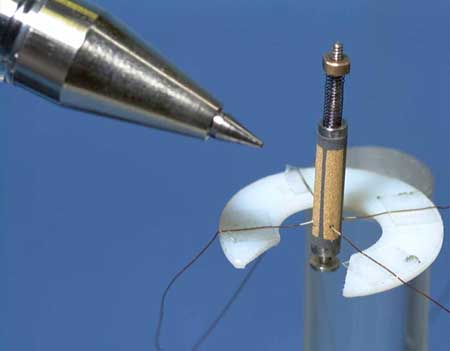Technology:
Panasonic developed
a technology of artificial photosynthesis as efficient as a plant. It generates
organic substances from sunlight, water, and carbon dioxide using a system
similar to a solar battery. It employs a self-developed metal catalyst and
gallium nitride used for semiconductors like light emitting diode (LED) for the
system that reacts sunlight, water, and carbon dioxide. It has five times
higher conversion efficiency of organic substances generated by photosynthesis
than the existing technology. Panasonic successfully increased the conversion
efficiency comparable to a plant for the first time in the world. The company
wishes to put the technology into practical use for the synthesis of ethanol in
2015.
Panasonic plans to
build a trial system of artificial photosynthesis that employs a catalyst
similar to a solar panel in terms of shape and open up a way for practical
application of a power generation system using ethanol as fuel generated by
artificial photosynthesis in 2015. Artificial photosynthesis is a very
effective technology for reducing carbon dioxide and solving resource-related
problems, and Japan started a national research project. Dr. Ei-ich Negishi, a
Nobel Prize winner in chemistry in 2010 who is currently teaching at Purdue
University of the U.S., participates in the project organized by the Ministry of Education, Culture, Sports, Science and Technology.
Ei-ichi Negishi Noble Prize Forum 2012
held in Kyushu University
held in Kyushu University










